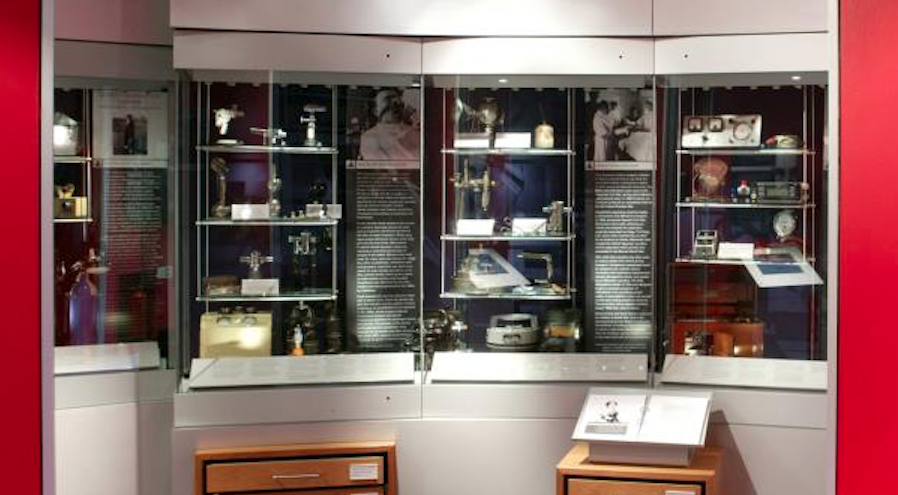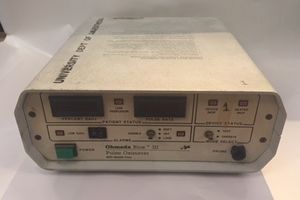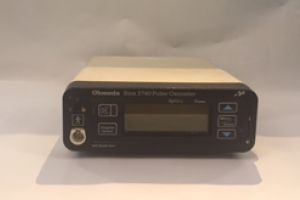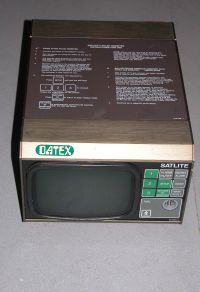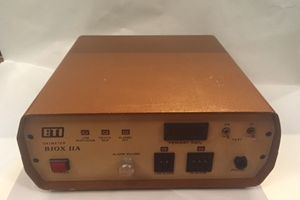The Sound of Science
Sometimes progress is quiet – and sometimes it goes beep!
Like a pulse oximeter, the most essential monitoring device in modern anaesthesia. Providers all over the world tell us what vital information and comfort they take from the sound of it beeping in the OR – and how dangerous it feels to work in a silent room.
In the last five years we’ve distributed more than 10,500 Lifebox oximeters to more than 100 countries, along with the training and education to make 10 million patient lives safer.
In celebration of this lifesaving device and the dedicated scientists, researchers, healthcare workers whose contributions – both silent and celebrated – allowed us to reach this point, we’re going back in time to visit some older cousins of our little yellow box.
And British Science Week – an annual celebration of science, technology, engineering and maths, hosted by the British Science Association (BSA) – is the perfect excuse!
We asked our friends at the Association of Anaesthetists of Great Britain and Ireland’s Anaesthesia Heritage Centre to delve into their incredible collection and share some of their favourite vintage oximeters.
Follow along this week as we explore the changing face of one of the most innovative technologies to shape the course of anaesthesia – and change so many lives around the world.
Welcome to #PulseOxHistory…
Something to do with light?
A probe attached to the oximeter contains two light-emitting diodes (LEDs): one with red light and the other infrared. The red light is absorbed by oxygenated haemoglobin and the infrared by deoxygenated haemoglobin.
What’s a pulse oximeter anyway? Pulse oximetry is a non-invasive and continuous method for measuring oxygen saturation in the blood.Pulse oximetry FAQ:
And…science? Light absorption by tissue remains constant, so only the pulsation of arterial blood is detected. The amount of light not absorbed is measured, and the oxygen saturation is calculated.
When was it developed? The basic principles behind pulse oximetry were first discovered in the 1930s, though it wasn’t until the 1940s that technology had advanced enough to utilise it. The first pulse oximeter was developed by Glen Millikan in 1940, and used in aviation research to study high-altitude hypoxia. From the 1960s, oximeters were only used to measure pulmonary functions and physiology in laboratories because of their cost and size.
And when did it reach the surgical setting? The first commercial models for hospitals were available from 1981. They were initially intended for respiratory care, but were adopted by anaesthetists to measure patients’ oxygen levels in operating rooms. Before pulse oximetry, oxygenation could only be measured by arterial blood gas, a complicated and time-consuming process that needed laboratory equipment.
Is anaesthesia without pulse oximetry really so dangerous? Yes. Yes. Yes.
Does it have any other uses? Outside of the operating theatre, pulse oximeters are also used to monitor sleep apnoea, to measure the oxygen levels of climbers and athletes at high altitude, with pilots in non-pressurised aircraft – and in the diagnosis of treatment of pneumonia, as our ‘better oximeter for babies’ project shows.


